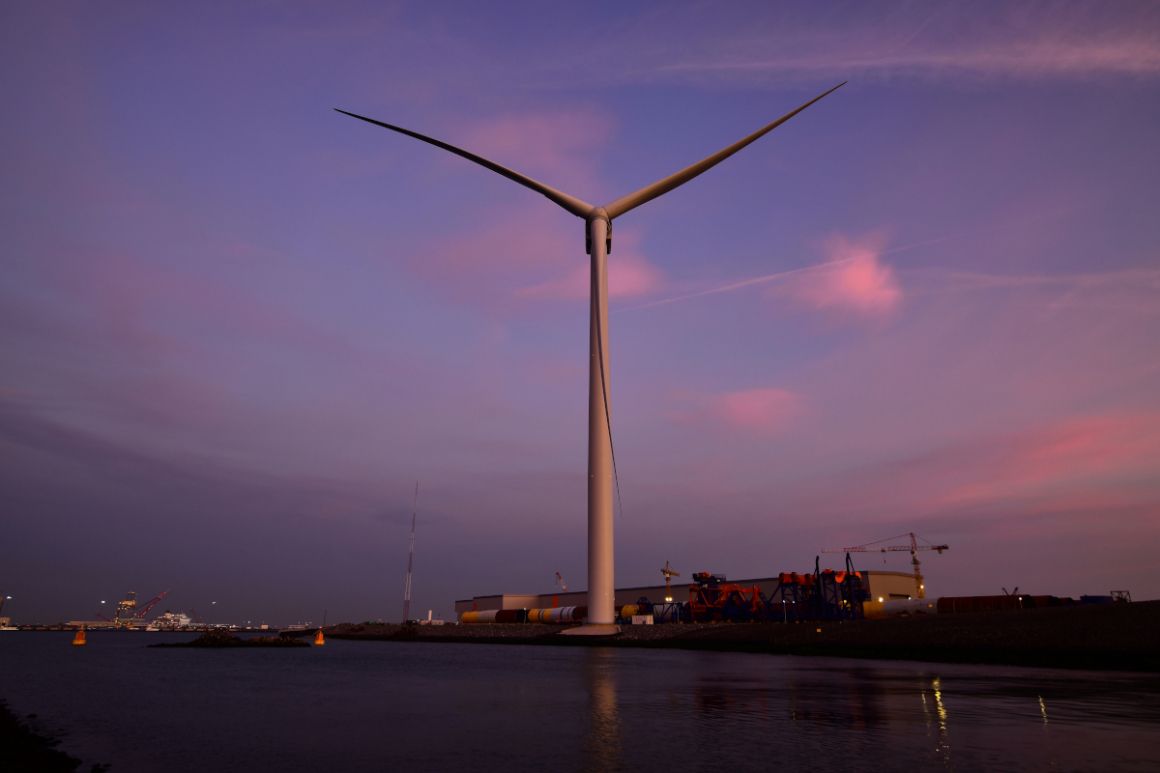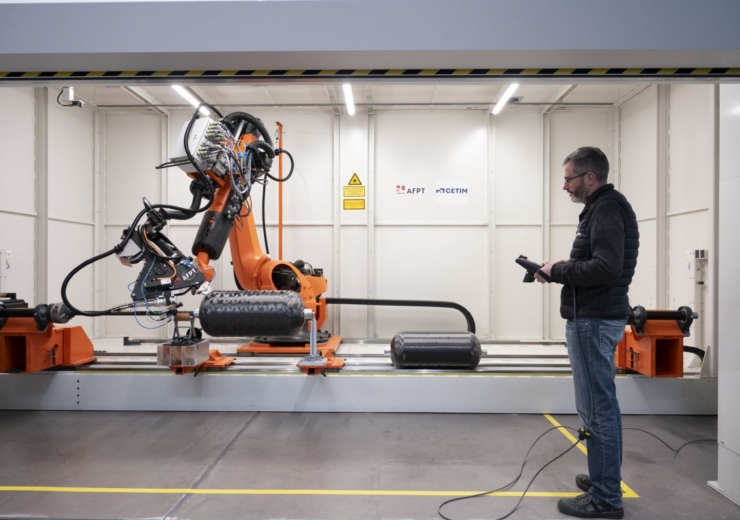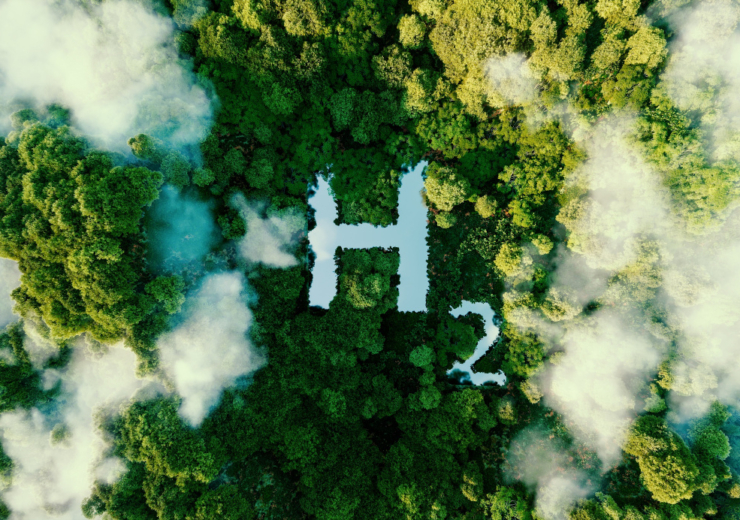Nantes – Saint Nazaire Port has launched the Eole project, which aims to build a unique industrial base for the integration of floating offshore wind turbines. This strategic project mainly relies on the adaptation of already existing infrastructures, and can also participate in the industrial and port services, and the development of skills in the marine renewable energy sector.
France is aiming to build 50 offshore wind farms by 2050. The Atlantic France region is a pioneer in the sector, being the #1 for marine renewable energy jobs and home to France’s first offshore wind farm.
The installation of the first 80 French offshore wind turbines was recently carried out from Nantes – Saint Nazaire Port and has been a great success. The main port on France’s Atlantic coast adapted its infrastructures and services for this new industry and is planning more developments in the following years.
Nantes – Saint Nazaire Port’s key figures
and 4th largest French seaport
in more than 500 different businesses
The Eole project: floating offshore wind transports the port into the future
The strategic roadmap of Nantes – Saint Nazaire Port makes marine renewables (in particular floating wind) a key priority. The EOLE project is one of the principal investments the port will focus on to ensure its alignment with the high-scale goaland deployment of offshore wind energy.
The objectives are:
- To continue adapting the port to marine renewables
- To improve the services provided to companies in the sector
- To develop the expertise required for the deployment of other offshore farms
The project will start with the adaptation of an already existing quay to transform it into an industrial integration base. Approximately 20ha and more than 700 linear metres of docks will be specifically dedicated to the integration of floating wind turbines.
Within the scope of these 20 ha, Nantes – Saint Nazaire Port also plans to: improve the 15ha logistics hub currently used for offshore wind projects, design new infrastructures (e.g a specific maritime structure), and adapt its industrial services to the needs of marine renewable energy players, such as industrialists, subcontractors, universities, etc.


 日本語
日本語  Français
Français 



